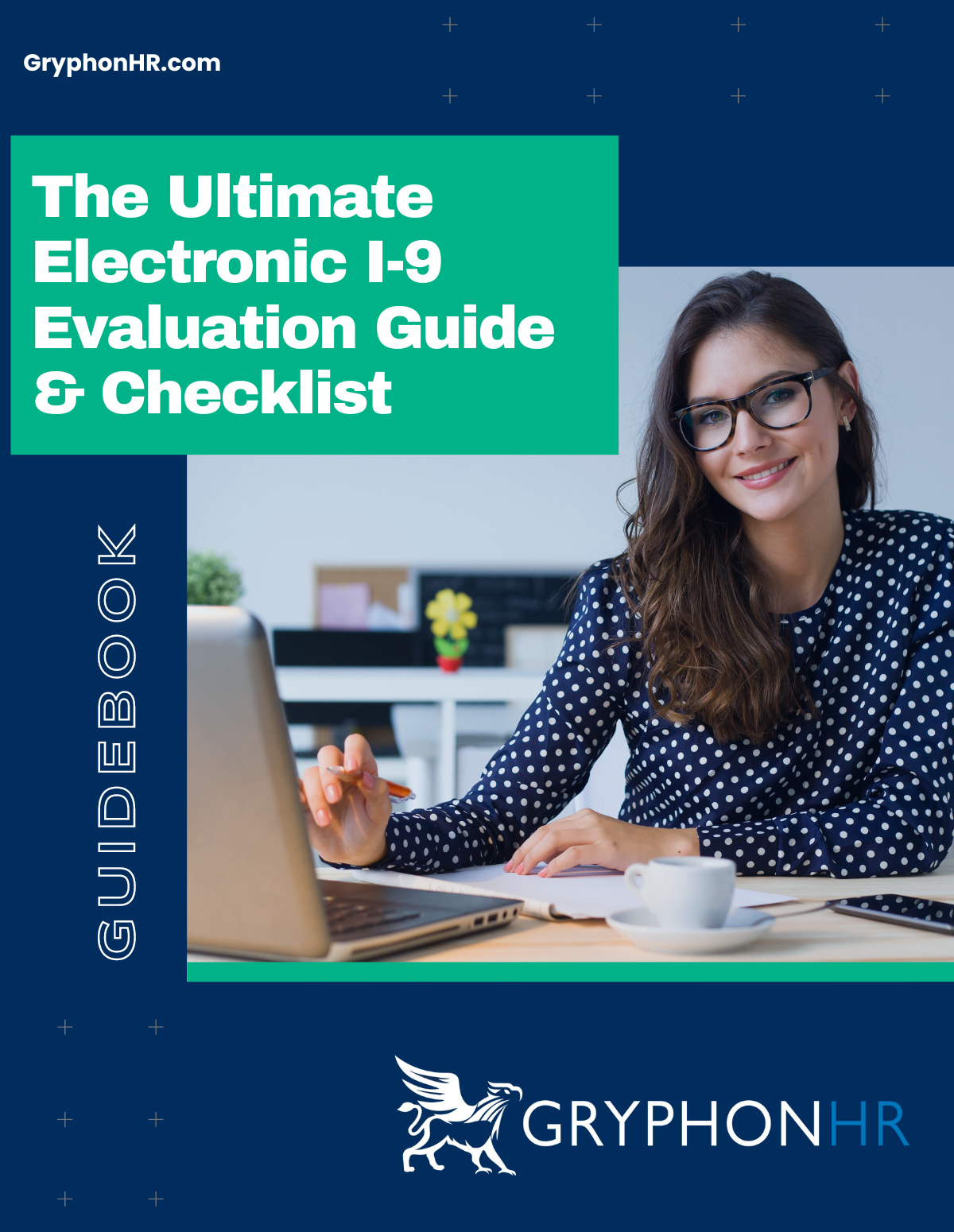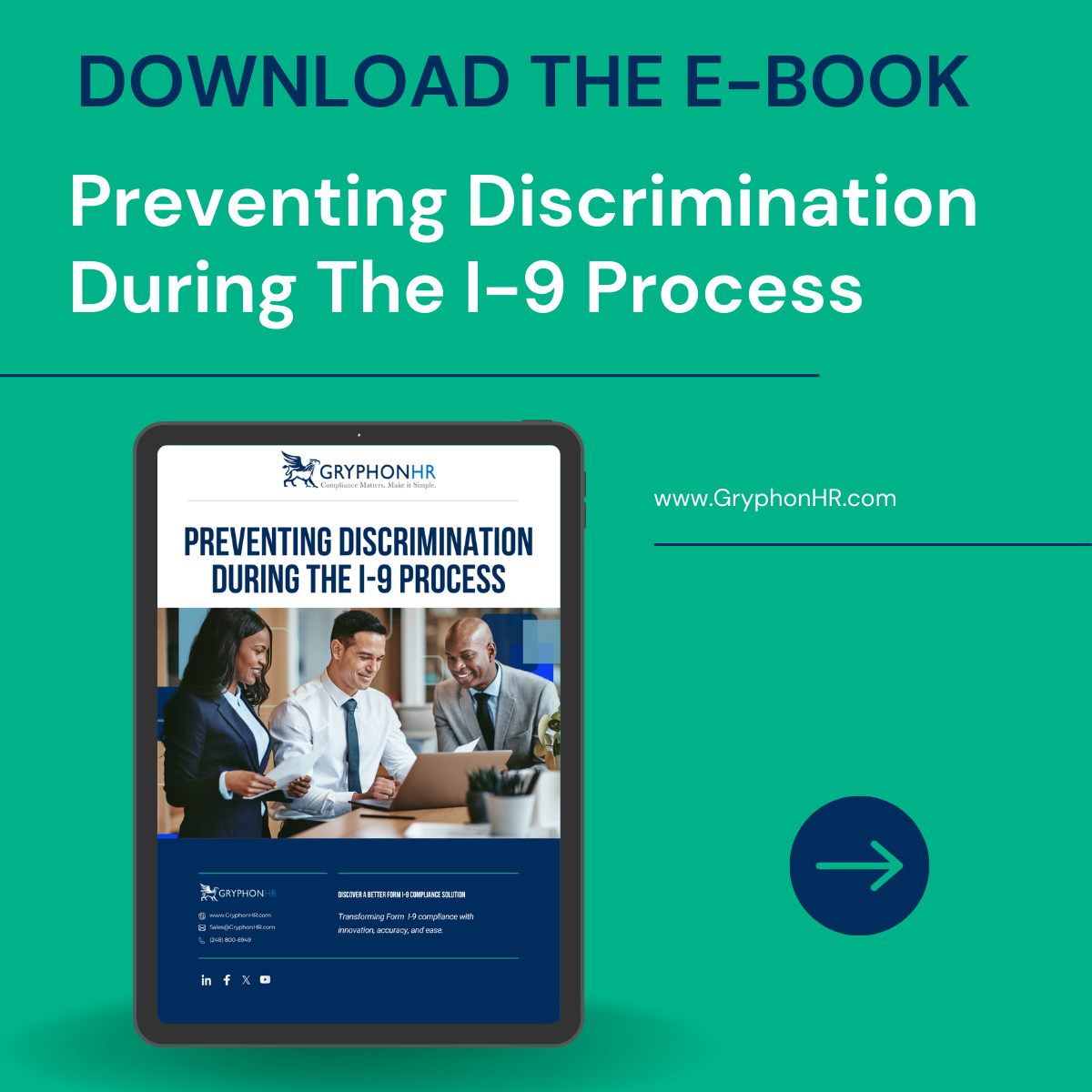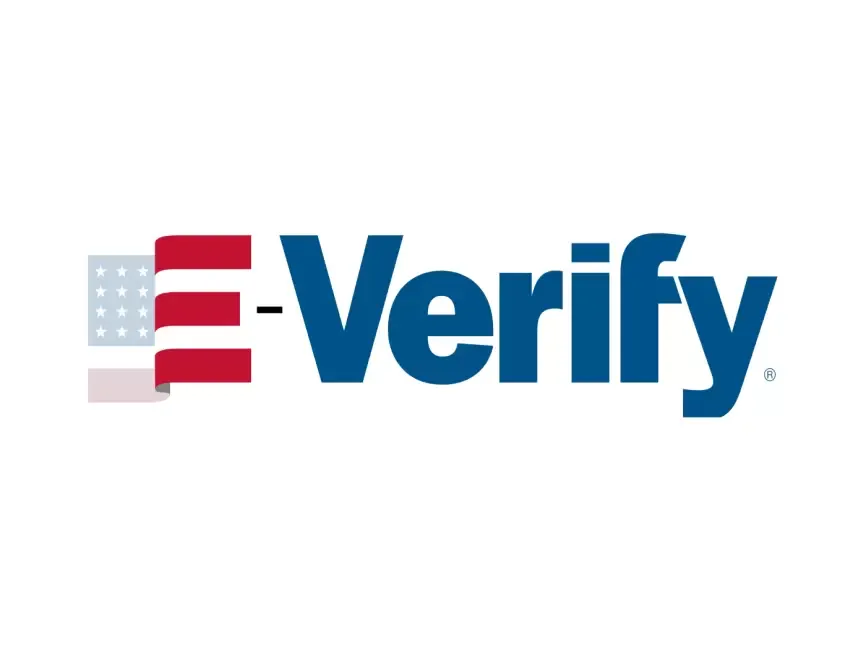Authored By: GryphonHR Blog Contributor
GryphonHR blog contributors include , consultants, researchers, and other subject-matter experts who’ve written content for our blog.
July 26, 2023
Last week, the announcement of the new Form I-9 and remote I-9 verification for E-Verify Employers, has raised questions among HR and staffing professionals. They are wondering how and when to use the alternative procedure to and how to determine if they are in good standing with E-Verify.
Employers who have not yet adopted E-Verify and are facing logistical challenges in meeting the in-person requirement for completing Section 2, may want to consider signing up for E-Verify. The temporary flexibilities for remote verification, introduced during the peak of the Covid-19 pandemic, will expire on July 31, 2023. Employers have until August 30, 2023, to complete in-person verifications for employees hired using these flexibilities, even after the new remote verification option becomes available.
If employers have been using E-Verify without any issues like audits or notifications indicating they are not in "good standing," they are likely eligible to participate in the remote alternative procedure verification option. This option permits the use of live video for verifying work authorization and identification documents. Read our blog for more details about the new rule. Additional information will also be available on August 1, 2023.
Form I-9 is mandated on a federal level, and some states and local governments mandate the use of E-Verify, however many employers also participate in E-Verify voluntarily. E-Verify is a web-based system through which employers electronically confirm the employment eligibility of their employees. It involves employers creating cases based on information from an employee's Form I-9, which is then electronically compared to records available to the U.S. Department of Homeland Security (DHS) and the Social Security Administration (SSA). Employers typically receive a response within a few seconds confirming the employee's employment eligibility or indicating the need for further action.
E-Verify is administered by SSA and USCIS, which provide program support, user support, training, outreach, and technological solutions to facilitate compliance with U.S. immigration law in employment eligibility verification.
E-Verify offers several benefits, including providing employers with peace of mind that their employees are legally authorized to work in the United States. Completing Form I-9 is a legal requirement for each newly hired employee, and E-Verify enhances this process by taking employment verification to the next level.
According to U.S. Citizenship and Immigration Services, E-Verify has over 1 million enrolled employers of all sizes, more than 2.4 million hiring sites, and about 1,500 new participating companies joining every week. It is one of the federal government's highest-rated services for user satisfaction.
Furthermore, USCIS is working on rolling out E-Verify NextGen, an exciting new product that modernizes and streamlines the Form I-9 and verification process for employees and employers. E-Verify NextGen integrates the Form I-9 and E-Verify employment eligibility verification process, increasing efficiency and convenience for both parties. The release of E-Verify NextGen will happen incrementally throughout 2024, and updates will be available on the E-Verify Twitter and LinkedIn accounts.
NextGen offers various benefits to employees, such as increased privacy and security by entering their personal information directly, the ability to update and share employment eligibility information with their E-Verify participating employer and receiving direct notifications regarding their employment eligibility status.
For employers, NextGen reduces data entry errors as employees enter their personal information directly, manages cases in one place by seamlessly integrating with E-Verify, and delivers Further Action Notices directly to employees in most cases, saving time and effort.
To access NextGen, employees will create a secure electronic account in myE-Verify, while employers will access it through their established E-Verify account. The process for verification will involve employees providing their biographic information, citizenship or immigration status, and acceptable document(s) electronically through myE-Verify. E-Verify will then confirm their identity and employment eligibility and notify the employer. The employer will review the information provided, examine the employee's Form I-9 documents, sign, and retain the Form I-9.
Whether you are required to use E-Verify or are just looking to do so to help leverage the remote I-9 verification option, GryphonHR can help you to streamline the entire Form I-9 and E-Verify process. If you’re currently using an electronic I-9 solution, you may want to consider if E-Verify is integrated into the platform for a more seamless experience and easier management of E-Verify cases, and if they will offer remote I-9 conferencing tools, accessible through the I-9 platform. See what makes GryphonHR different from other I-9 compliance software providers by contacting us today.

Authored By: GryphonHR Blog Contributor
GryphonHR blog contributors include , consultants, researchers, and other subject-matter experts who’ve written content for our blog.
Stay updated on Form I-9 and E-Verify!


Is your I-9 compliance software placing you at risk? Learn more about the compliance requirements for electronic I-9 systems and how to evaluate important features. Skip the form and download this interactive guide!

Avoiding discrimination during the Form I-9 process is critical to preventing liability, hefty fines, and unfair hiring practices. Download our free e-book to learn more.



MENU
STAY CONNECTED
Join our newsletter to learn more about Form I-9.